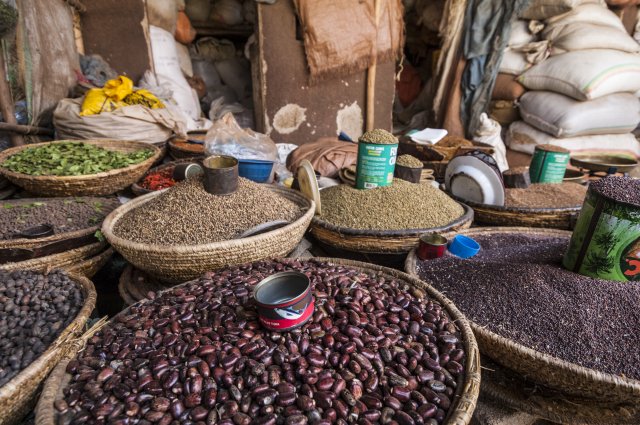Pulses are a low fat source of protein with high levels of protein and fibre. Pulses also contain important vitamins and minerals like iron, potassium and folate.
Most national dietary guidelines recommend pulses as part of a healthy diet. Studies have shown that people who eat at least ½ cup of pulses per day have higher intakes of fibre, protein, calcium, potassium, folate, zinc, iron, and magnesium as well as lower intakes of total and saturated fat
Many diets around the world rely on pulses as a source of protein. The amount of protein in beans, lentils, chickpeas and peas is 2-3 times the levels found in cereal grains like wheat, rice, quinoa, oats, barley, and corn. For example, eating just ½ cup of lentils provides the same amount of protein as 1 cup of quinoa or 2 cups of rice or corn. Compared to animal and many other plant-based sources of protein, pulses are a more affordable and sustainable protein source.
All proteins are created from twenty different amino acid building blocks. Nine of these amino acids cannot be produced by the body and are called “essential” because they must come from foods we eat. Most plant proteins lack at least one essential amino acid. However, when two or more plant-based sources of protein are combined, each food can provide the essential amino acid(s) that the complementary food(s) is missing. Eating protein from a variety of sources, from both plant and animal sources, ensures the body receives all of the essential amino acids necessary for good health.
One cup of cooked pulses gives you more than half the amount of fibre you need for the entire day. Pulses also contain both soluble and insoluble fibre. Soluble fibre can help manage body weight, blood sugar levels and lower cholesterol. Insoluble fibre on the other hand, assists with digestion and regularity. Pulses also contain resistant starch, a type of carbohydrate that behaves like fibre in the body; and has been shown have similar health benefits such as reduced circulating cholesterol and blood sugar levels as well as improved gut health.
Food features and recipes like this appear in the Desang Diabetes Magazine, our free-to-receive digital journal. We cover diabetes news, diabetes ‘kit’ and information on food suitable for maintaining good blood glucose control or a diabetic diet, including a regular Making Carbs Count column.

